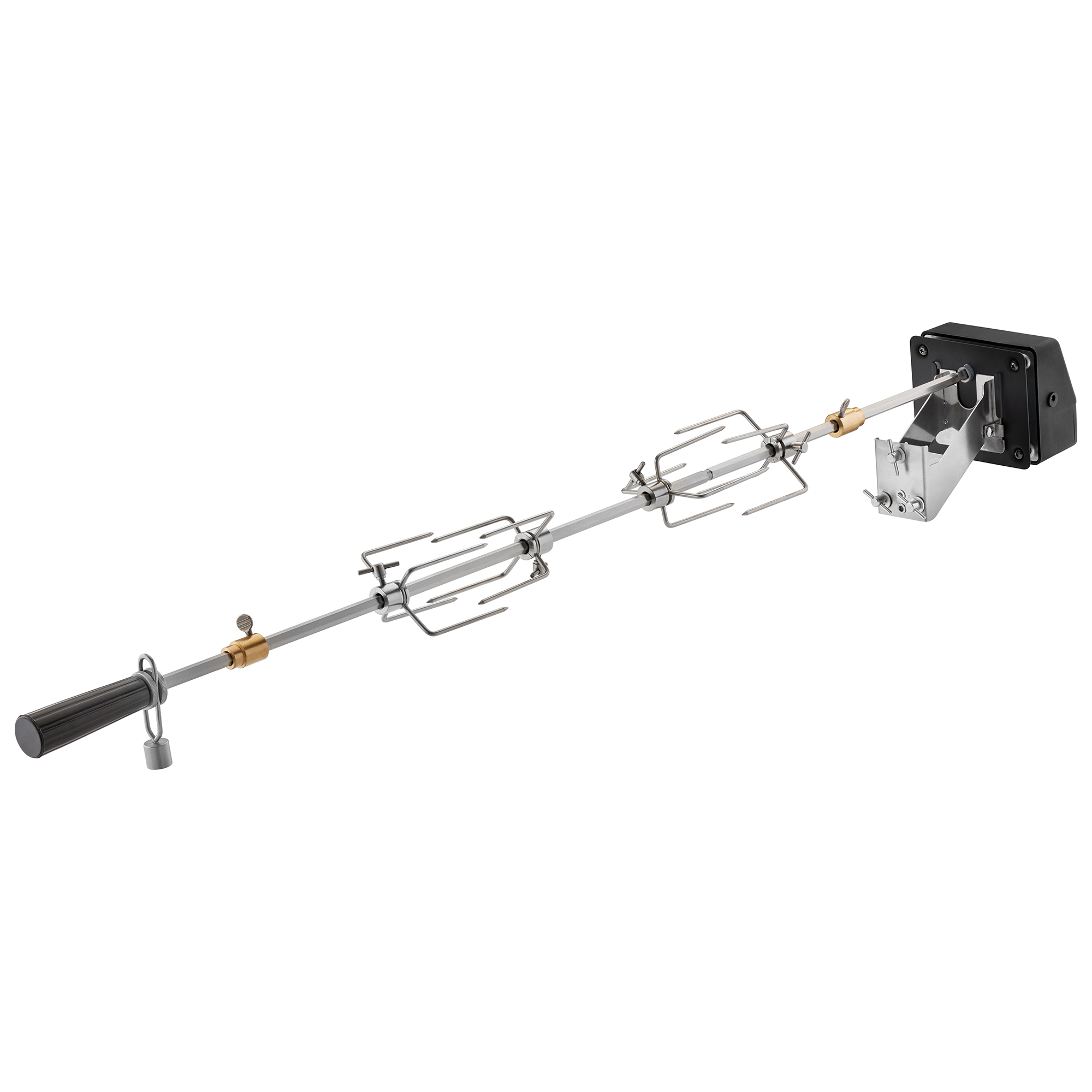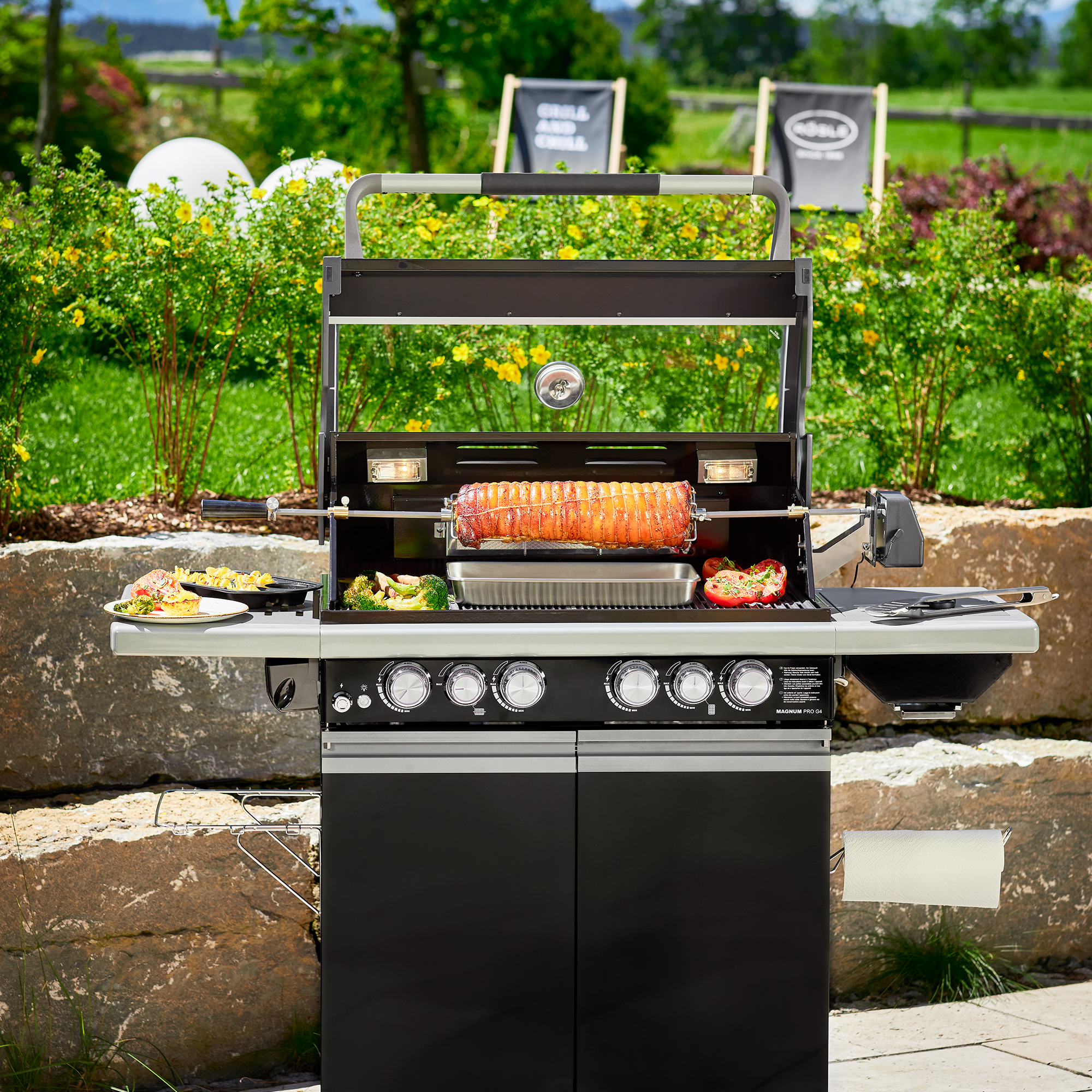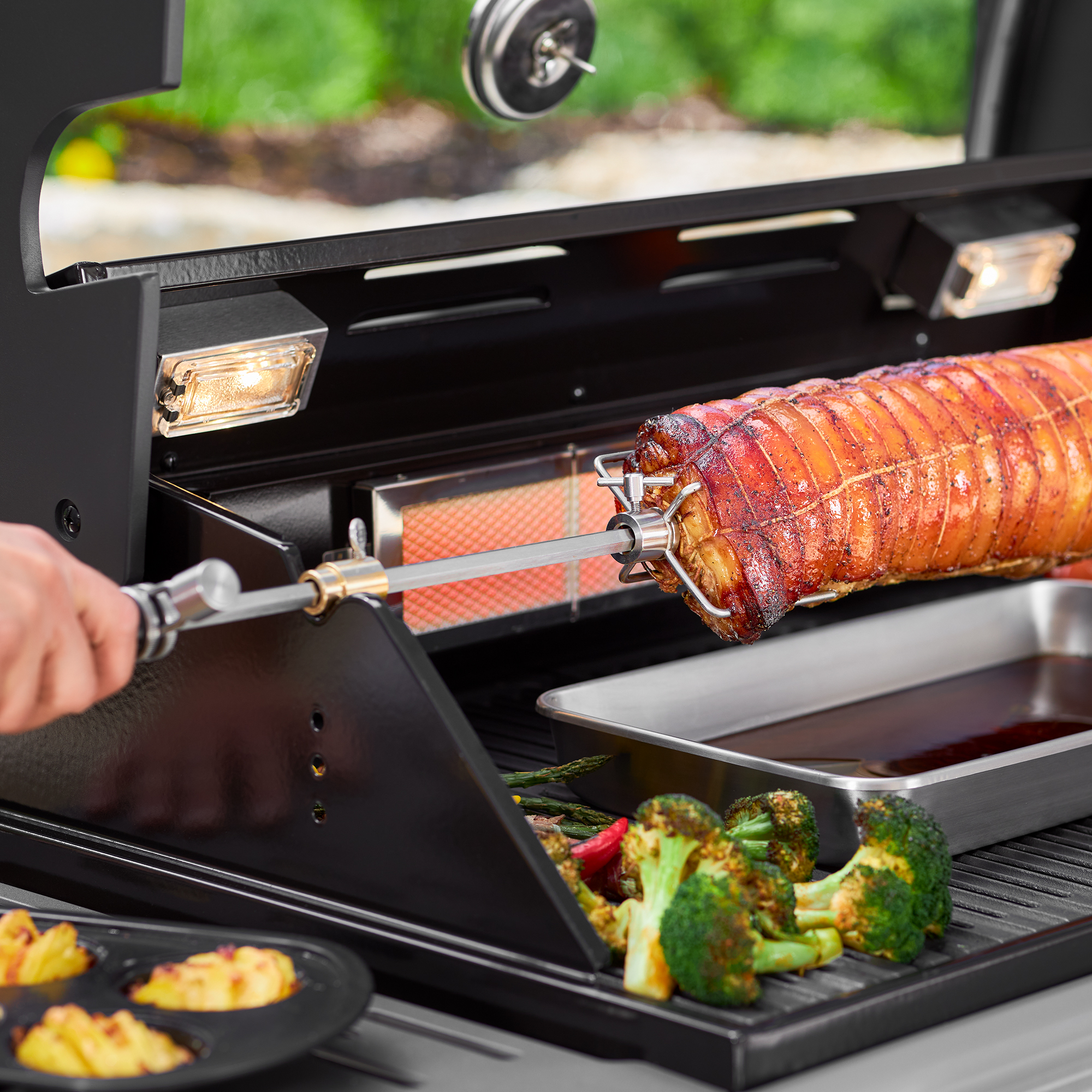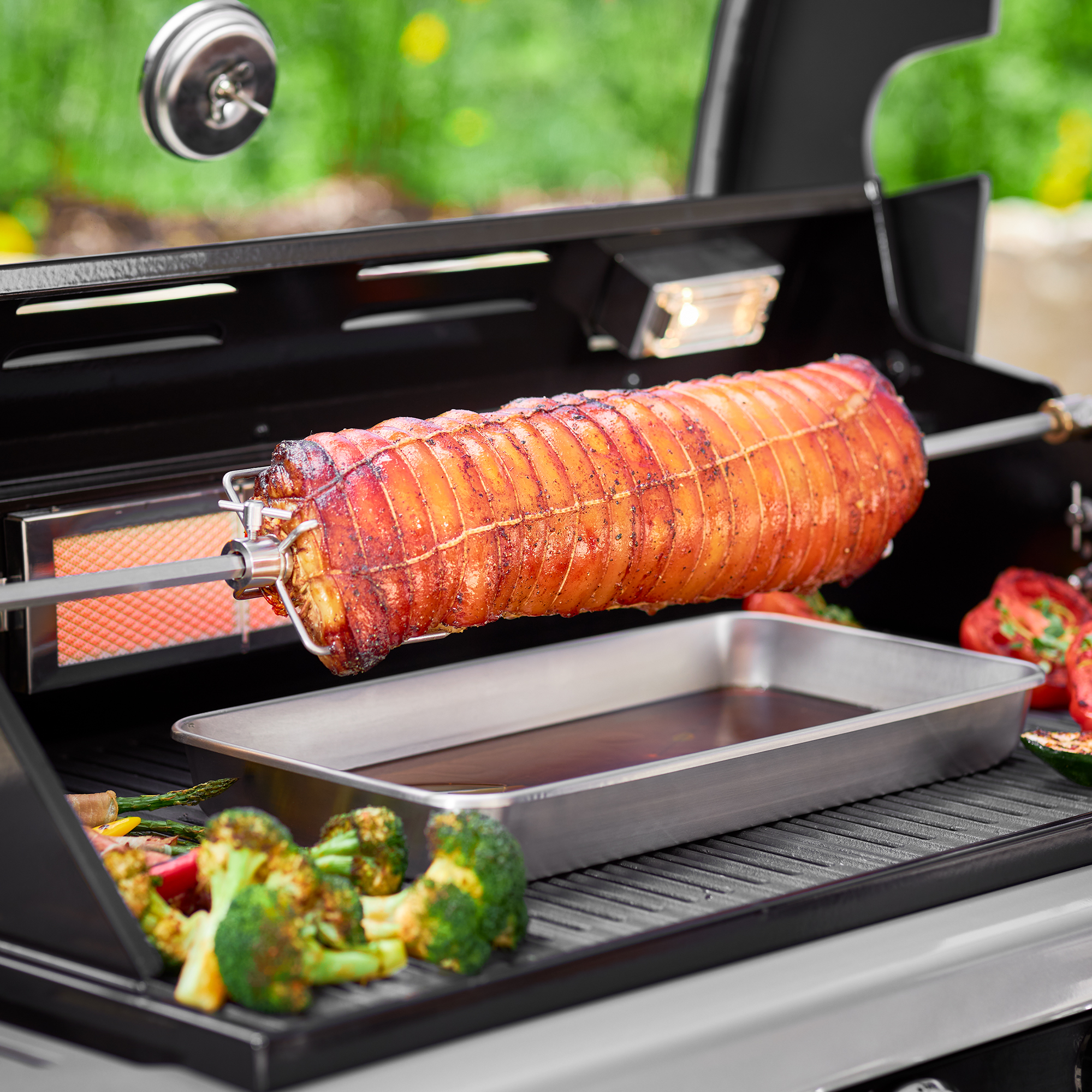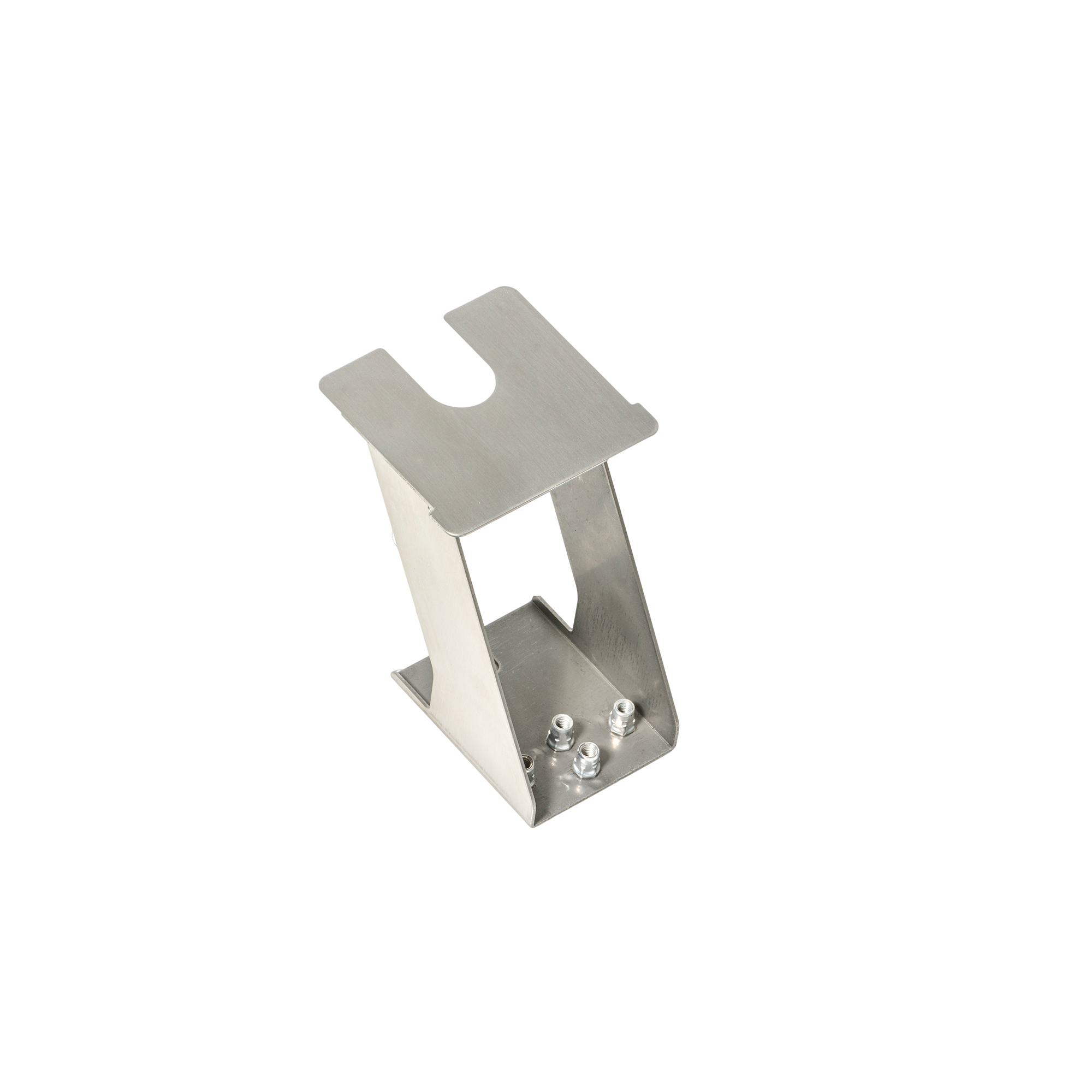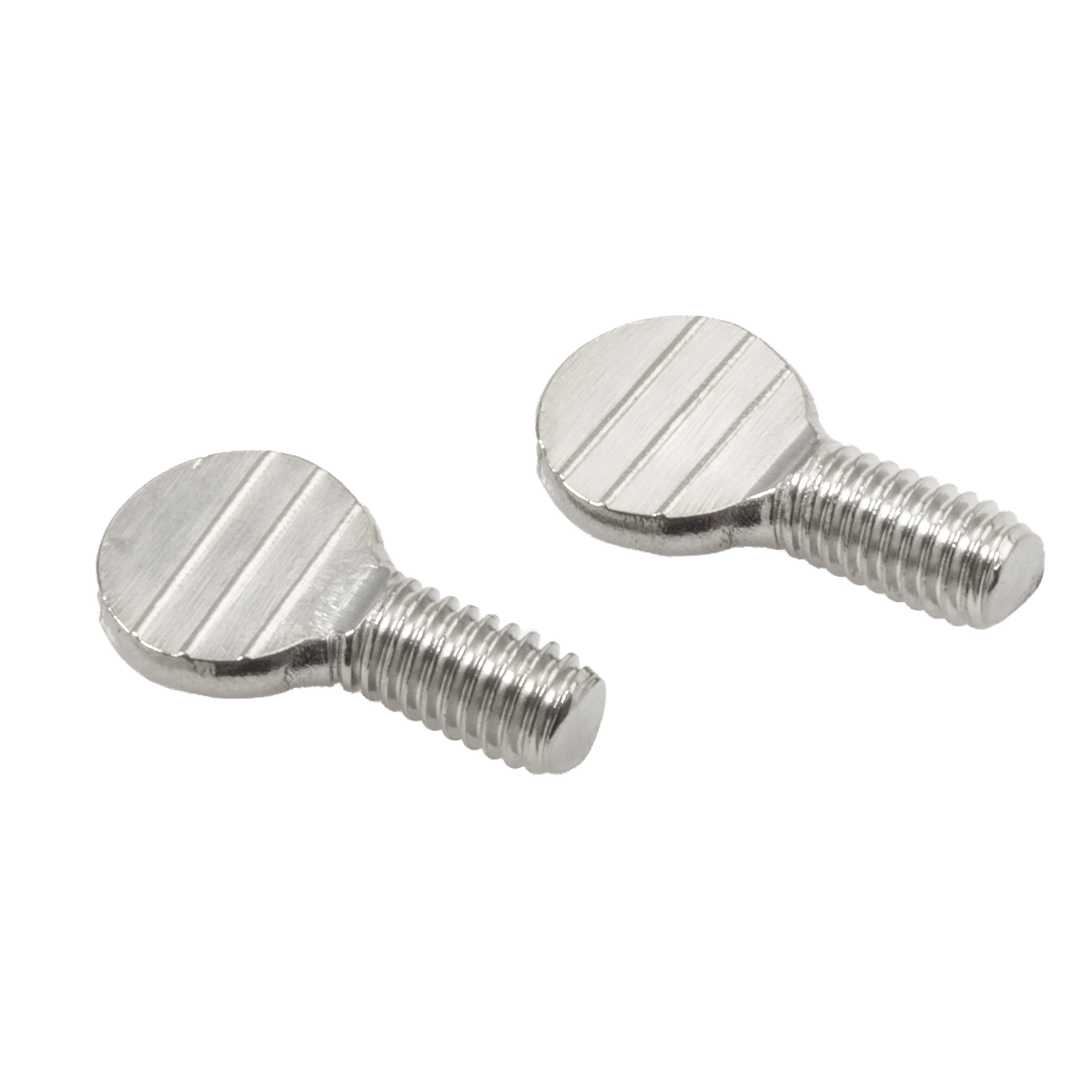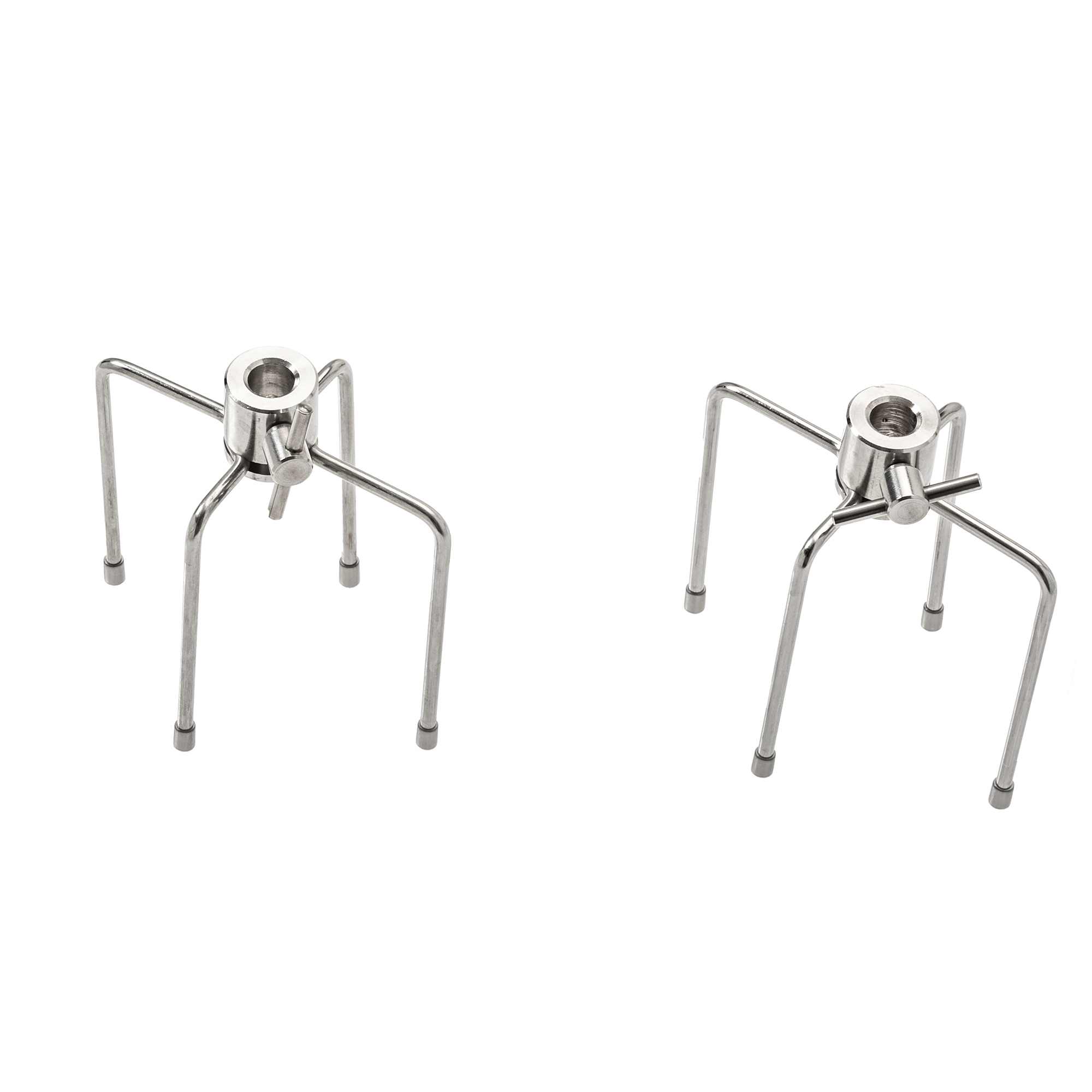Information on the disposal of (old) electrical and electronic equipment and the meaning of the symbol in Annex 3 of the ElektroG
Owners of old appliances must dispose of them separately from unsorted municipal waste. Waste electrical and electronic equipment may therefore not be disposed of as unsorted municipal waste and in particular does not belong in household waste. Instead, these old appliances must be collected separately and disposed of via local collection and return systems, for example.
Owners of old appliances must also separate old batteries and accumulators that are not enclosed by the old appliance before handing them in at a collection point.
The latter does not apply if the waste equipment is separated from other waste equipment in accordance with Section 14 (5) sentences 2 and 3 ElektroG as part of the opt-in by the public waste management authorities for the purpose of preparing it for reuse.
The symbol in Annex 3 of the ElektroG enables owners to recognize old appliances that are to be collected separately from unsorted municipal waste at the end of their service life. The symbol for the separate collection of electrical and electronic equipment is a crossed-out wheeled garbage can.
Information on the disposal of (old) electrical and electronic equipment and the meaning of the symbol in Annex 3 of the ElektroG
Owners of old appliances must dispose of them separately from unsorted municipal waste. Waste electrical and electronic equipment may therefore not be disposed of as unsorted municipal waste and in particular does not belong in household waste. Instead, these old appliances must be collected separately and disposed of via local collection and return systems, for example.
Owners of old appliances must also separate old batteries and accumulators that are not enclosed by the old appliance before handing them in at a collection point.
The latter does not apply if the waste equipment is separated from other waste equipment in accordance with Section 14 (5) sentences 2 and 3 ElektroG as part of the opt-in by the public waste management authorities for the purpose of preparing it for reuse.
The symbol in Annex 3 of the ElektroG enables owners to identify waste equipment that must be collected separately from unsorted municipal waste at the end of its life. The symbol for the separate collection of electrical and electronic equipment is a crossed-out wheeled garbage can.
Information on the options for returning old appliances
First of all, please be sure to inform yourself about the (possibly voluntary) return options for old electrical appliances.
Owners of old appliances can hand them in at the facilities set up and available by public waste disposal authorities for the return or collection of old appliances to ensure that they are disposed of properly.It may also be possible to hand in electrical and electronic equipment there for the purpose of reuse. You can obtain more detailed information on this from the respective collection or take-back point.
The following link provides an online list of collection and take-back points:
Disposing of old electrical appliances
Electrical appliances contain harmful substances and valuable resources. Every consumer is therefore legally obliged to dispose of waste electrical and electronic equipment at an approved collection or take-back point, for example at a local recycling center. Old electrical appliances are accepted there free of charge and recycled in an environmentally friendly and resource-saving manner.
To make it easier for you to dispose of old appliances, we offer you the option of returning old appliances that you have purchased from us to us free of charge. Please contact our customer service (support@roesle.de), who will provide you with the necessary information for the return shipment.
Data protection during disposal
Some of the old devices to be disposed of contain sensitive personal data (e.g. on a PC or smartphone) that must not fall into the hands of third parties. We expressly point out that end users of old appliances are responsible for deleting personal data on the old appliances to be disposed of.
Note on our WEEE registration number
We are registered with the Stiftung Elektro-Altgeräte Register, Benno-Strauß-Str. 1, 90763 Fürth as a manufacturer of electrical and/or electronic equipment under the following registration number (WEEE Reg. No. DE): DE 473 248 54
Information on the fulfillment of the quantitative targets according to § 10 para. 3 ElektroG (collection rate) and § 22 para. 1 ElektroG (recycling rates):
The Ministry for the Environment, Nature Conservation and Nuclear Safety publishes detailed annual data on electrical and electronic equipment and the quantitative targets achieved in Germany and to be submitted to the EU Commission on its website: "Informationspflichten gemäß § 18 Abs. 2 Elektro- und Elektronikgerätegesetz: https://www.bmu.de/themen/wasser-abfall-boden/abfallwirtschaft/statistiken/daten-zu-elektro-und-elektronikgeraeten-in-deutschland."
